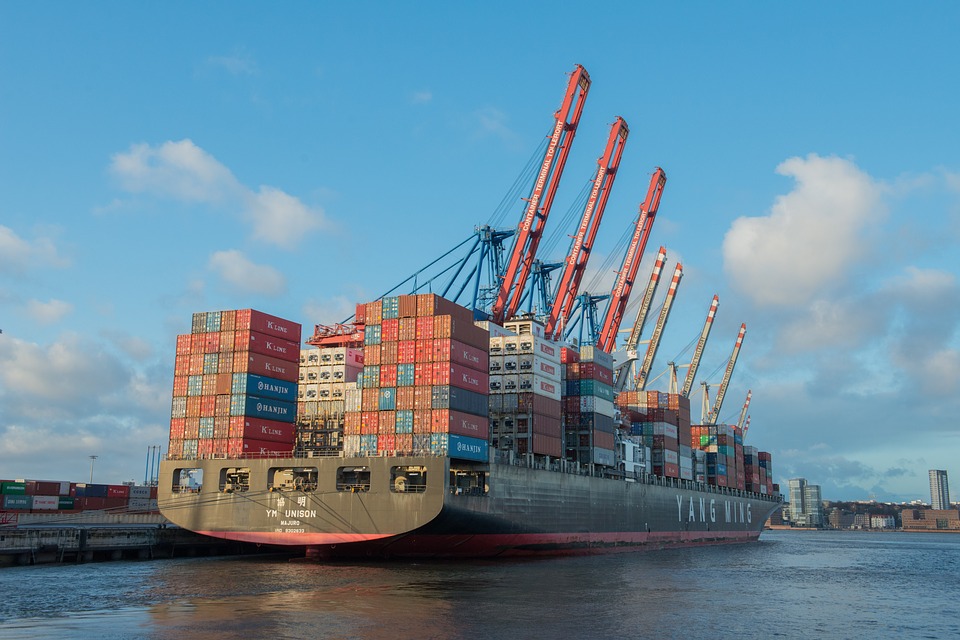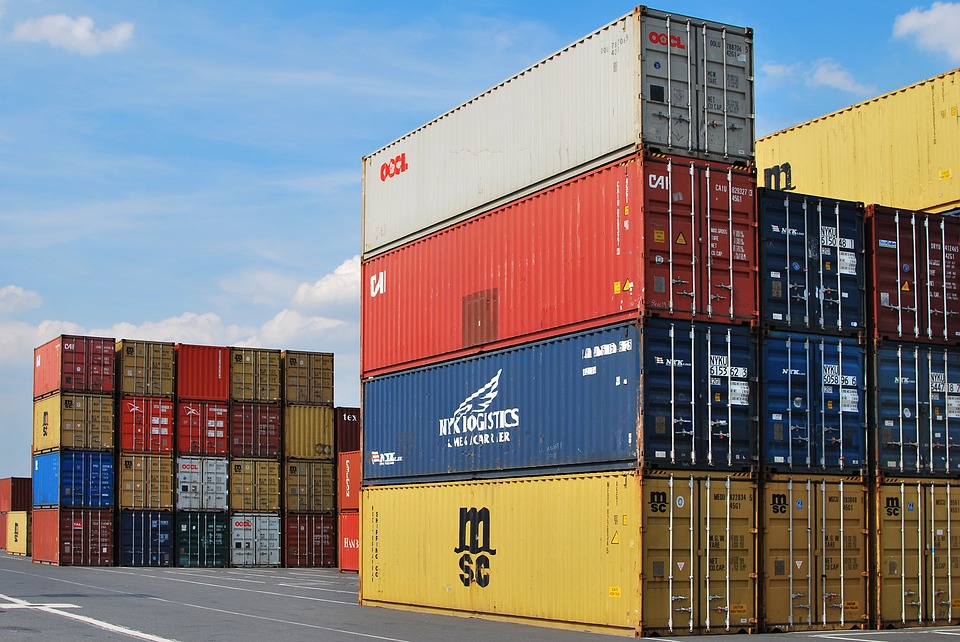Transportation is an integral part of logistics. Although scenes of trucks and trains parked by companies on commercial facilities are common, few people know how much the economy depends on reliable transportation.
1. What is transportation?
Transportation has long become one of the largest industries in the world. It refers to the movement of products and raw materials from one destination to another. This process encompasses both the beginning of the supply chain and the final delivery of finished products to consumers.
Transportation is a key link in the logistics chain, which connects the components scattered in every corner. The transportation system properly manages and controls the various components of the supply chain, so that transportation and logistics can work together smoothly, which is enough to prove the strong communication between the various parts of the supply chain.

2. What is the impact of transportation on logistics?
The way transportation affects logistics is as follows:
- Transportation costs are affected by the company’s factories: warehouses, suppliers, retail locations, and customers, or consumers.
- Inventory demand is affected by the mode of transportation: high-speed or high-priced transportation systems may require less inventory, while slower, lower-priced transportation systems may require a large amount of inventory.
- The choice of low-speed or high-speed mode can change the delivery schedule or the way the goods are packed.
- Packaging will be affected by the carrier’s classification rules and transportation methods.
- Contract negotiation may change the mode of transportation.
The role of various transportation methods on logistics:
- Road transportation: highly flexible and can be applied to door-to-door service. Road transportation helps transport goods to locations far away from ports, stations, or loading points.
- Railway transportation: an important mode of transportation. Compared with roads, railway transportation can transport a large number of goods with high stability and low cost.
- Air transport: It is usually recommended to ensure quality and is more friendly to high-value goods. The fast delivery speed minimizes transportation risks, thereby improving the overall quality of logistics services and reducing the cost due to the loss of goods in the supply chain.
- Water transportation: The most commonly used transportation method in logistics, because it has the advantages of large capacity and low transportation cost, and is mainly used for international trade.

3. In conclusion
Transportation is critical to the success of logistics programs. The operation of transportation determines the efficiency of product delivery.
A strong system requires a clear logistics framework and appropriate transportation strategies to enhance production procedures. Logistics managers, researchers, and transportation planners need to understand the various applications of logistics and the integrated relationship between logistics and transportation.